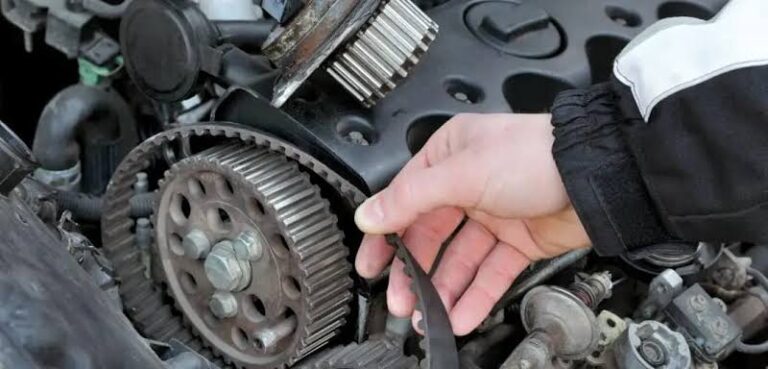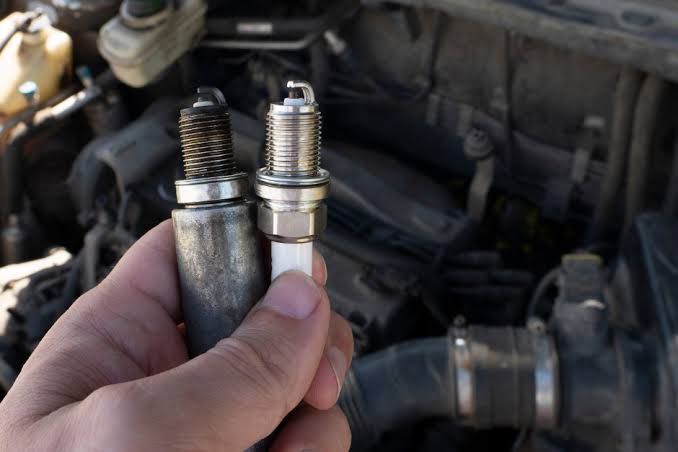Can You Drive With A Bad Camshaft Position Sensor?

The camshaft position sensor is a crucial component in your vehicle’s engine management system. It monitors the position and speed of the camshaft, which helps the engine control module (ECM) manage ignition timing and fuel injection. But what happens if this sensor fails? Can you drive with a bad camshaft position sensor?
While it’s technically possible to drive with a malfunctioning camshaft position sensor, doing so is not recommended. A bad camshaft position sensor can lead to several performance issues and, if left unchecked, could cause more severe damage to your engine. Let’s break down why this sensor is important and what could happen if it stops working.
What Is the Camshaft Position Sensor?
The camshaft position sensor monitors the rotational position of the camshaft. It sends this information to the ECM (engine control module), which uses it to ensure the correct timing of the engine’s valves and fuel injectors. This sensor plays a key role in maintaining smooth engine performance, proper fuel efficiency, and emission control.
Symptoms of a Bad Camshaft Position Sensor
If the camshaft position sensor is failing, your vehicle will likely exhibit several symptoms. Some of the most common signs of a bad camshaft position sensor include:
1. Check Engine Light
A malfunctioning camshaft position sensor often triggers the check engine light. If you notice this light on your dashboard, it’s a good idea to check the code with an OBD-II scanner to see if the camshaft position sensor is the issue.
2. Engine Misfire
Because the camshaft position sensor helps control ignition timing, a faulty sensor can cause the engine to misfire. If you experience rough idling, hesitation, or a decrease in engine performance, the sensor could be to blame.
3. Poor Acceleration
Without proper timing information, the engine may struggle to accelerate smoothly. You may notice a lag in response when you press the gas pedal, or it could take longer for your vehicle to reach higher speeds.
4. Hard Starting or No Start
A failed camshaft position sensor can prevent the engine from starting, or it may cause difficulty starting the car. This happens because the sensor is not sending the correct timing information to the engine control module.
5. Decreased Fuel Efficiency
If the sensor isn’t working properly, the ECM may not be able to optimize the fuel mixture, leading to increased fuel consumption and decreased gas mileage.
6. Engine Stalling
A bad camshaft position sensor can cause your engine to stall, especially when idling. This can make your car unsafe to drive, especially in traffic.
Can You Drive With a Bad Camshaft Position Sensor?
While it’s technically possible to drive with a bad camshaft position sensor, doing so is not recommended. Here’s why:
1. Potential Engine Damage
If the camshaft position sensor is faulty, the engine control module may not be able to adjust ignition timing properly. This can lead to poor engine performance, and over time, it may cause damage to the engine components. Driving with a bad sensor can make the problem worse, leading to costly repairs down the road.
2. Decreased Performance
A bad sensor can result in poor acceleration, reduced fuel efficiency, and even engine misfires. While you can still drive, the car will not perform optimally, and you may find the driving experience frustrating and unsafe.
3. Increased Risk of Stalling
A failing sensor can lead to engine stalls, particularly during idle or low-speed driving. If this happens, you may lose power steering and power brakes, making it difficult and dangerous to control the vehicle.
4. Diagnostic Trouble Codes
If the camshaft position sensor fails, it will likely trigger diagnostic trouble codes (DTCs) in the ECM. This can cause the car to fail emissions tests and can limit the car’s performance in ways that may be difficult to diagnose or fix without addressing the sensor.
5. Potential for Other Damage
In some cases, a bad camshaft position sensor can also affect other components of the engine. If the ECM is not receiving the right information, it might cause the fuel injectors or other components to malfunction.
Should You Replace the Camshaft Position Sensor Immediately?
If you suspect the camshaft position sensor is bad, it’s best to replace it as soon as possible. Although it may not seem critical in the short term, leaving the issue unaddressed can lead to more significant engine problems down the road.
When Should You Get It Replaced?
- Engine Misfires: If you’re experiencing engine misfires or stalling, it’s a good idea to replace the sensor immediately.
- Difficulty Starting: If your car is having trouble starting or won’t start at all, the camshaft position sensor could be the cause.
- Poor Performance: If you notice a significant decrease in fuel efficiency or acceleration, it’s time to replace the sensor.
Can You Replace It Yourself?
Replacing a camshaft position sensor is a relatively straightforward repair for a seasoned DIYer. However, because it involves precise timing and can be tricky to access, it’s often best to leave this task to a mechanic if you’re not experienced with car repairs.
Conclusion
In conclusion, while you can technically drive with a bad camshaft position sensor, it’s not advisable. The sensor plays a critical role in engine performance, and a malfunctioning sensor can cause a range of issues, including poor acceleration, engine misfires, and even stalling. If you notice symptoms like these, it’s important to have the sensor checked and replaced as soon as possible. Ignoring the problem could lead to more severe engine damage, leaving you with costly repairs down the road.





